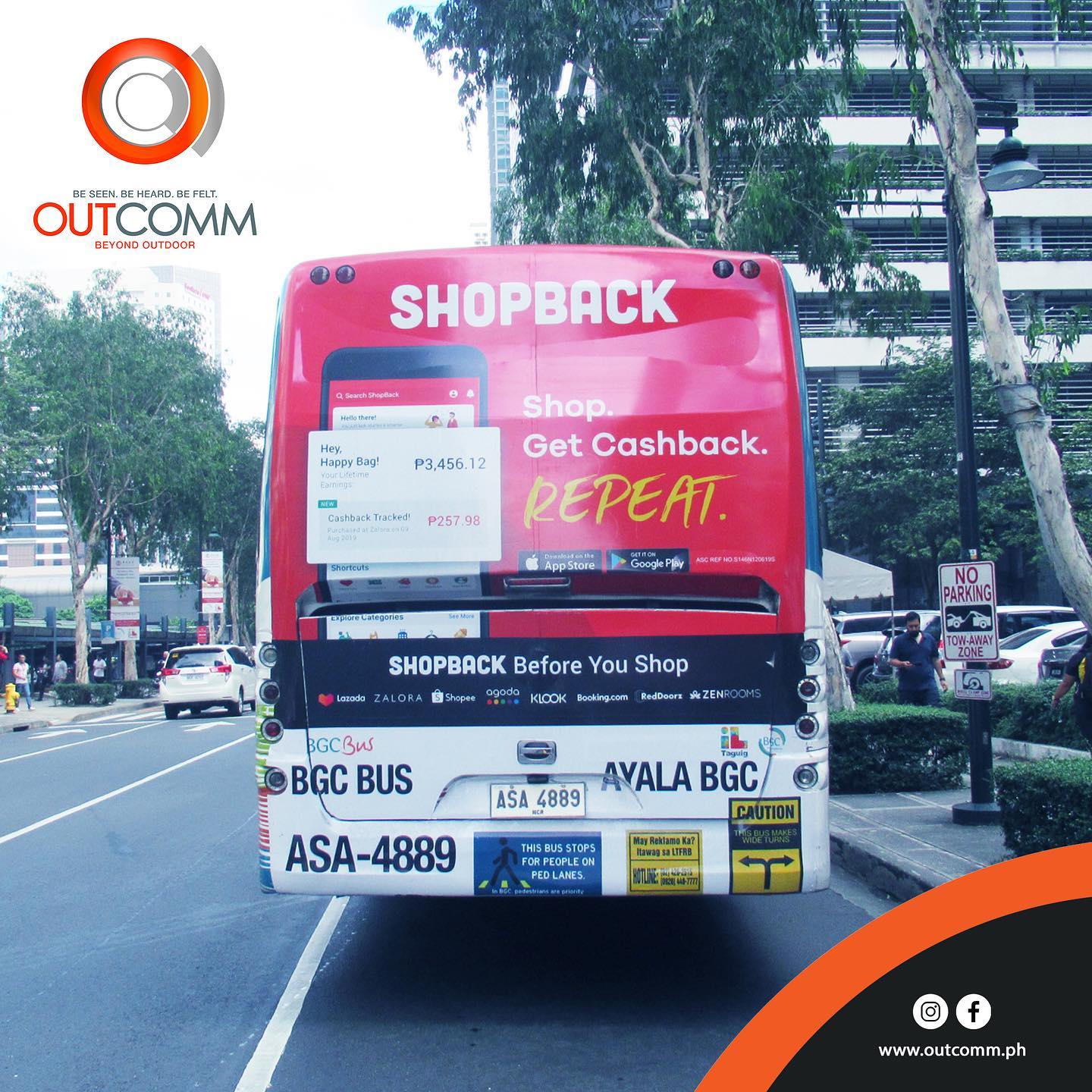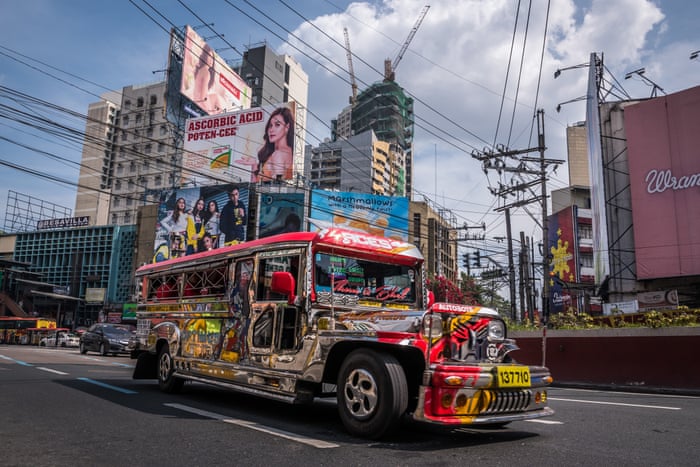Understanding the Duty of Transportation Advertising in Enhancing Brand Exposure and Consumer Interaction
Transportation marketing has actually become a crucial element in the advertising landscape, offering distinct possibilities for brand names to elevate their exposure and involve consumers successfully. With the capacity to reach a restricted and varied audience during their day-to-day commutes, these advertising strategies are not simply concerning visibility; they have to do with developing purposeful connections with prospective customers. As we explore the diverse advantages and cutting-edge approaches within transit advertising and marketing, it ends up being important to think about exactly how these aspects jointly affect consumer understanding and actions, elevating questions regarding their long-lasting effect on brand loyalty.
Definition of Transportation Advertising And Marketing
Transportation advertising and marketing refers to the method of promoting products, services, or brands through advertisements positioned around public transport systems. This type of marketing encompasses a variety of positionings, consisting of posters on buses and trains, digital displays at transportation stations, and covers on the exterior of lorries. It intends to reach a varied target market, taking advantage of the high foot web traffic related to public transportation.
Transportation marketing is tactically positioned to record the interest of commuters, that typically spend considerable time taking a trip or waiting. By incorporating advertisements into the everyday routines of individuals, brands can create an enduring impact and foster brand name acknowledgment. The tool is specifically effective in metropolitan settings, where public transportation is a main setting of traveling.
Furthermore, transit advertising can facilitate local targeting, allowing businesses to get to certain demographics based on transportation paths and station areas. As urban populaces expand and using public transportation boosts, this advertising method has actually gotten prestige as an important part of integrated advertising and marketing approaches. The vibrant nature of transit marketing, combined with its capability to involve consumers in a restricted environment, emphasizes its importance in contemporary advertising and marketing practices.
Advantages of Transit Advertising And Marketing
The effectiveness of transportation advertising hinges on its ability to supply a wide range of advantages to brands looking for to enhance exposure and involvement. One of the key advantages is the comprehensive reach it uses; transportation advertisements can properly target varied demographics across metropolitan locations, reaching both pedestrians and travelers alike. This broad direct exposure substantially boosts brand recognition.
Another benefit is the high regularity of impacts. As transportation lorries take a trip along established routes and stop at numerous locations, they develop recurring exposure that reinforces brand messages. This frequency cultivates knowledge, which is crucial in consumer decision-making.
Transportation advertising and marketing is additionally cost-efficient contrasted to other media platforms. Given its large reach and possibility for high perceptions, brands typically experience a lower cost per thousand impacts (CPM), optimizing their marketing budget plan.
Furthermore, transit advertisements can produce a sense of community link. By straightening with neighborhood transportation systems, brand names can reverberate with local target markets and foster a sense of neighborhood pride. This localized technique boosts brand name commitment and involvement, making transportation marketing a compelling selection for organizations aiming to strengthen their visibility in the market.

Reliable Strategies for Transit Campaigns
To take full advantage of the effect of transportation campaigns, brands need to utilize strategic preparation and execution customized to their target market. First, recognizing the market characteristics of the target market using public transportation is important. This allows brand names to create tailored messaging that resonates with possible customers.
Following, selecting the appropriate transit tools is necessary. Whether utilizing bus covers, train posters, or digital displays, each medium has one-of-a-kind advantages that can boost visibility. For example, vibrant visuals on bus wraps can draw in attention, while electronic advertisements can be upgraded often to show prompt promotions.
Furthermore, incorporating a natural branding strategy across transportation platforms makes certain uniformity and strengthens the brand's identity. Using memorable taglines and attractive styles will certainly enhance brand name recall amongst travelers.
Lastly, timing is an essential consider executing successful transit projects. Launching campaigns during top traveling hours or neighborhood events can substantially raise visibility and interaction. By using these methods, brand names can efficiently harness the possibility of transportation advertising and marketing, promoting higher understanding and connection with their target audience. Eventually, a well-executed transit campaign can drive substantial growth in brand visibility and consumer engagement.

Measuring Influence and Interaction
In assessing the effectiveness of transportation advertising and marketing campaigns, accurate dimension of effect and engagement is essential for brand names seeking to optimize their advertising and marketing methods. Metrics such as reach, frequency, and impacts give foundational information to examine visibility. Assessing these aspects helps establish the amount of possible clients are revealed to the ads during their daily commutes.
Interaction can be further gauged via consumer interactions, such as internet site traffic, social media points out, and direct responses to calls-to-action included in the ads. Using devices like QR codes or one-of-a-kind URLs can promote monitoring of consumer habits straight linked to transit projects. Surveys and comments devices also serve as beneficial approaches to collect qualitative information on consumer understandings and recall of the promotion.
Furthermore, progressed analytics and acknowledgment models can correlate transportation direct exposure with subsequent acquiring actions, offering insights into the roi. By employing an extensive technique that incorporates qualitative and quantitative steps, brand names can create a nuanced understanding of their transportation advertising effect. Eventually, this data-driven approach makes it possible for brands to refine their campaigns, ensuring they resonate successfully with target market and boost total brand name visibility.
Study of Effective Projects
Effective transportation ad campaign work as compelling examples of exactly how reliable strategies site can raise brand name presence and engagement. Transit Advertising Philippines. One remarkable case is the "I Love New York" campaign, which transformed the city's picture and brought in millions of vacationers. By making use of metro advertisements, billboards, and bus wraps, the campaign created a strong, cohesive brand identity, causing a significant uptick in tourism and local business patronage
Another exemplary campaign is Coca-Cola's "Share go now a Coke" initiative, which leveraged transportation marketing to customize the brand experience. By including prominent names on promotional products throughout various transportation platforms, Coca-Cola fostered a much deeper emotional connection with customers, motivating them to share their experiences on social networks.
Additionally, the "Got Milk?" project efficiently utilized public transport ads to reach a wide audience, enhancing the message of the significance of milk in a balanced diet plan. The campaign saw a quantifiable increase why not try this out in milk intake in target demographics.
These case researches show that when performed attentively, transit advertising and marketing can dramatically improve brand name visibility, foster customer interaction, and drive quantifiable outcomes, showing its crucial role in modern-day marketing approaches. - Transit Advertising Philippines
Conclusion
In verdict, transit marketing acts as a crucial device for enhancing brand presence and fostering customer interaction. By utilizing tactically positioned advertisements within mass transit systems, brand names can effectively reach varied target markets and reinforce recognition through constant direct exposure. The implementation of targeted messaging and innovative techniques better amplifies the impact of transit projects. Inevitably, the ability to measure interaction and examine effective study underscores the efficiency of transportation advertising and marketing in driving brand name commitment and consumer interactions.
Transportation advertising and marketing has actually arised as a critical aspect in the advertising and marketing landscape, offering distinct chances for brands to elevate their visibility and engage consumers effectively.Additionally, transit advertising can help with localized targeting, enabling companies to get to certain demographics based on transportation paths and station locations.In assessing the efficiency of transit advertising campaigns, exact dimension of effect and engagement is vital for brand names seeking to optimize their marketing methods.Successful transit advertising projects serve as compelling instances of how effective approaches can raise brand presence and interaction.In conclusion, transportation advertising offers as an essential device for improving brand name exposure and promoting customer interaction.